Exploring Aperam’s Role in Carbon Capture Utilisation and Storage (CCUS)
Interview with Lucas Kling, CEO Services & Solutions France – Head of Finishing France
We are pleased to welcome Lucas Kling, to discuss Aperam’s contribution to Carbon Capture Utilisation and Storage (CCUS), a crucial element in the global effort to reduce carbon emissions. Lucas will provide insights into the technologies involved in CCUS and how Aperam’s innovative solutions are shaping the future of this critical field.
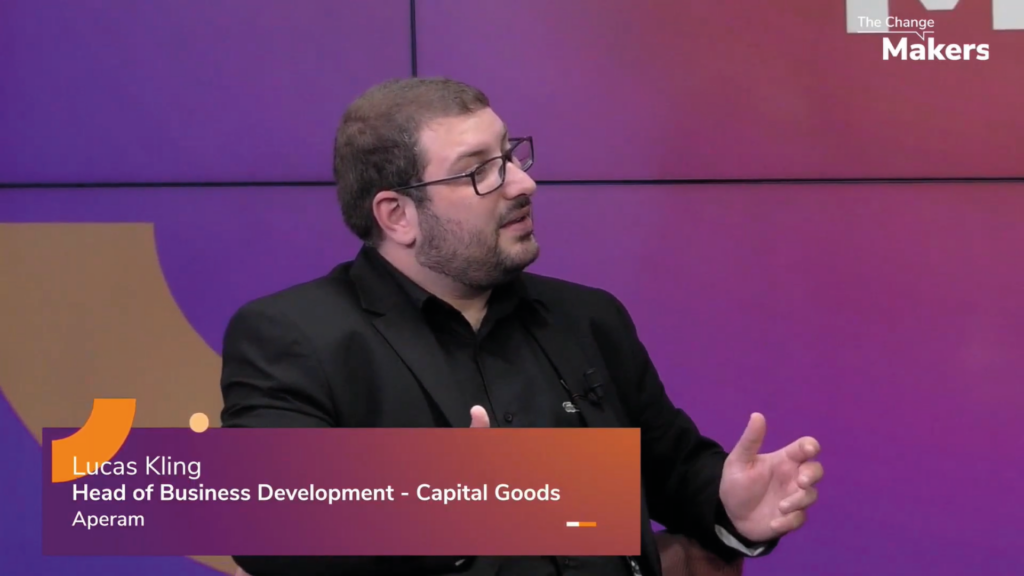
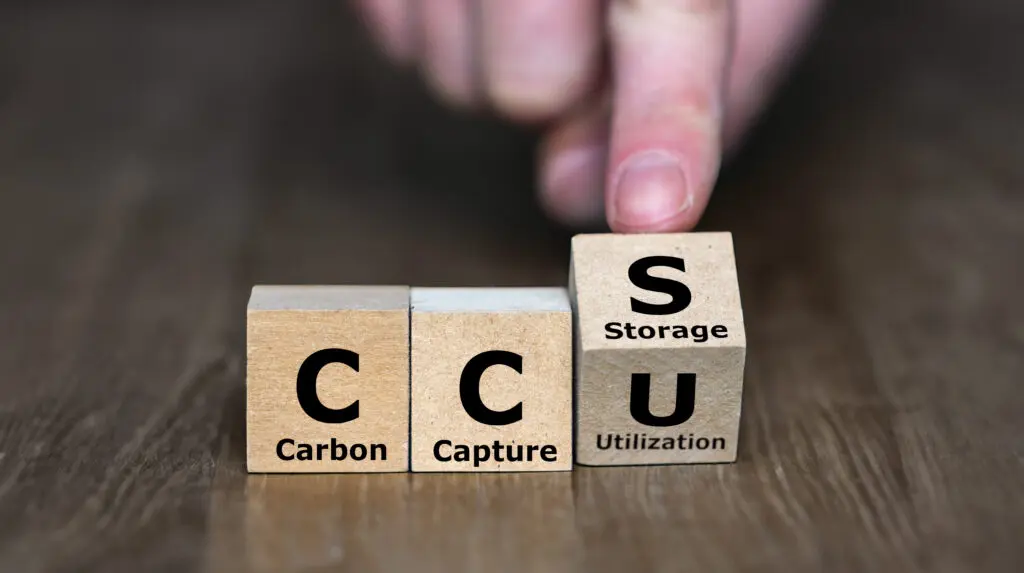
- CCUS: what exactly is it, and what technologies does it encompass?
Lucas Kling: CCUS stands for Carbon Capture Utilisation and Storage. It refers to a range of technologies designed to capture carbon dioxide emissions from industrial processes, preventing them from entering the atmosphere. There are three main techniques involved in CCUS. First, pre-combustion, where CO2 is captured before the fuel is burned. Second, post-combustion, which involves capturing CO2 from flue gases after combustion. Finally, oxy-combustion is a method where oxygen is injected during combustion to produce a higher concentration of CO2, making it easier to capture. Currently, most CCUS solutions are based on post-combustion technology, but there is a growing trend toward oxy-combustion as well.
- Q: Why has Aperam chosen to engage in the CCUS challenge?
Lucas Kling: Material selection plays a critical role in making CCUS solutions both technically and economically feasible. The materials used in these technologies must withstand extreme conditions, and this is where Aperam comes in. Through our expertise and innovation in stainless steel and special alloys, we can help reduce the total cost of ownership for CCUS projects. We aim to enhance the technical solutions while simultaneously lowering capital and operational expenditures (CapEx and OpEx), making these technologies more accessible and scalable.
- Q: Aperam is primarily known for its metal production. How has the company integrated innovation into this area?
Lucas Kling: It’s true that we are a metal producer, but we have built a strong capacity for innovation. At Aperam, we have two research centers in Europe and one in Brazil, with over 140 experts specializing in various fields, including chemical, metallurgical, and mechanical engineering. This gives us the ability to develop innovative solutions not only for our own production processes but also for our customers. For instance, we help clients select the best materials for their projects, provide high-quality materials during execution, and offer post-project support to improve performance. We are involved from start to finish, ensuring that the solutions we provide are both innovative and cost-effective.
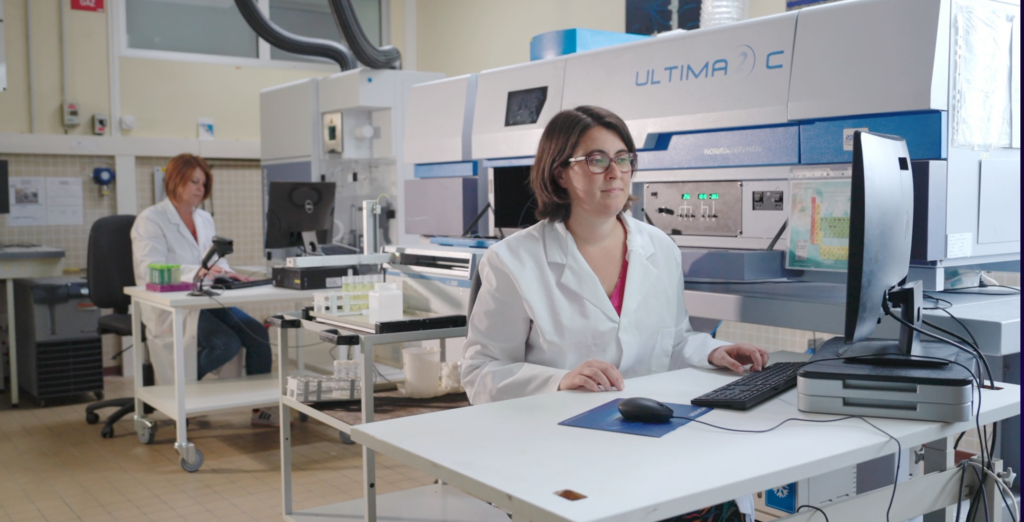
- Q: Could you give us some examples of Aperam’s partnerships in CCUS?
Lucas Kling: Certainly. We have several partnerships in place. For example, we collaborate with Petrobras, a global energy company based in Brazil. Petrobras has a large fleet of ships that use fuel combustion, and one of our joint projects focuses on selecting the best materials for onboard carbon capture systems. The goal is to capture CO2 emissions from ships and reinject them into offshore wells, effectively reducing their environmental impact. Another example is our partnership with Air Liquide, a leader in industrial gas technology. We are working together on their Cryocap technology, which captures CO2 from industrial emissions. Our role is to help select the best materials through corrosion testing, and we are also involved in building pilot projects to bring this technology to market.
- Q: In your experience, are clients ready to consider sustainable materials in addition to other constraints, such as cost?
Lucas Kling: Absolutely. While cost is always a factor, there is a growing recognition of the value of using low-carbon materials in the supply chain. Aperam’s portfolio of products is manufactured with a very low carbon footprint, which helps reduce the overall carbon emissions of a project—particularly in terms of Scope 3 emissions, which cover indirect emissions from the value chain. We are seeing more and more clients who understand the importance of working with partners who offer sustainable solutions. They see the long-term value of reducing their environmental impact, and they recognize that this can be a competitive advantage.
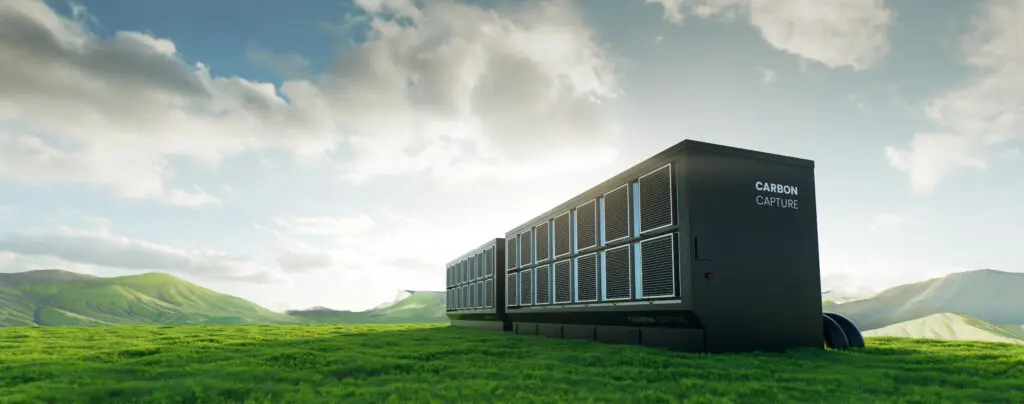
- Q: What’s next for Aperam in the field of CCUS and beyond?
Lucas Kling: We have a lot of exciting projects in the pipeline. Our focus is on three key areas: continuing to support ongoing projects, developing new solutions for mid- and long-term challenges, and positioning Aperam as a more prominent actor in the global decarbonization effort. Internally, we’ve launched a special sponsorship program that I lead, which focuses on competitive intelligence and strategic partnerships. This allows us to stay ahead of market trends and work with key stakeholders to make the journey toward decarbonization more feasible. We want to be pragmatic in our approach, ensuring that our innovations contribute to real-world solutions.
- Q: Thank you, Lucas, for sharing your insights on CCUS and Aperam’s role in this critical area.
Lucas Kling: Thank you for having me. It’s an exciting time to be involved in CCUS, and I’m proud of the work we are doing at Aperam to help reduce carbon emissions and support a more sustainable future.
Want to learn more? Contact Lucas Kling
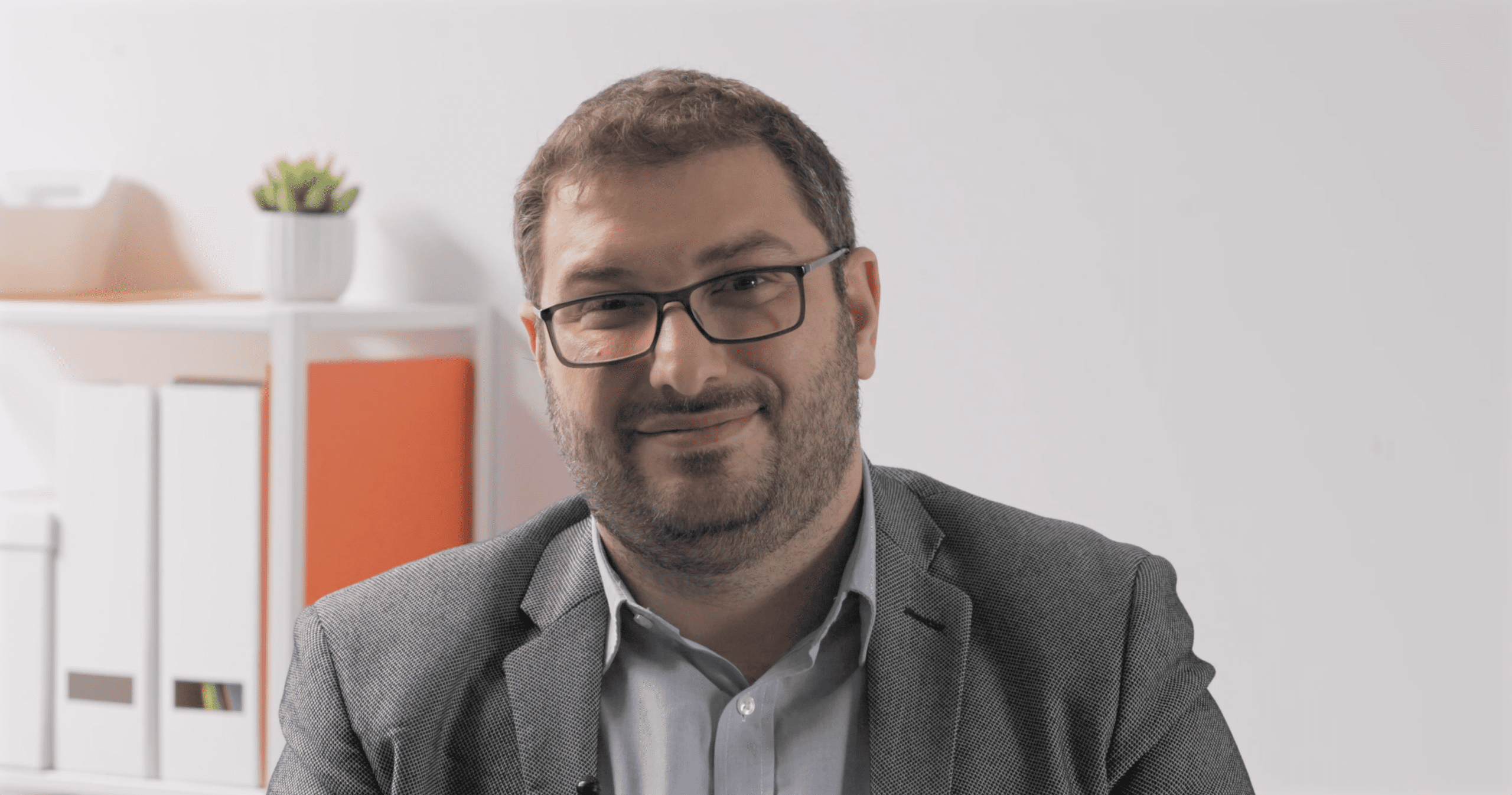

 2,40%
2,40%